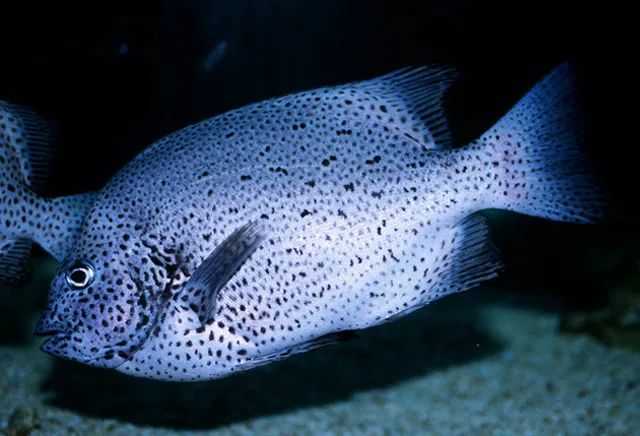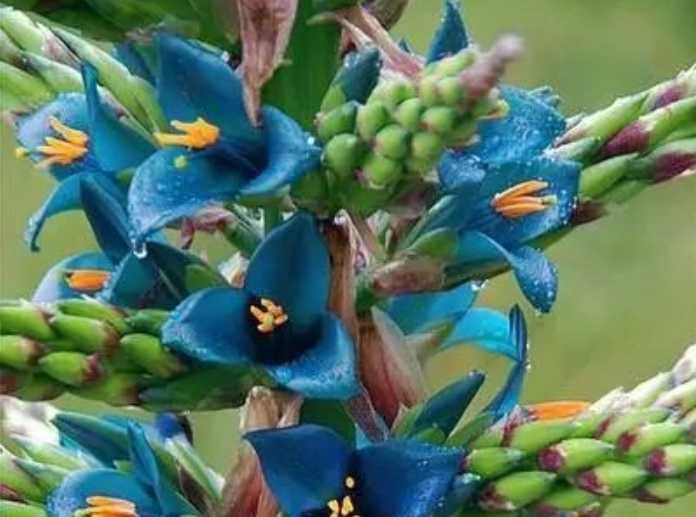Native to the clear, deep waters of the Yellow Sea, East China Sea, and Taiwan region in China, this species also inhabits temperate and subtropical marine areas of the Pacific Ocean, including coastal regions of Japan, the Korean Peninsula, the Hawaiian Islands, Guam, and Australia. Juveniles often drift with seaweed beds, while adults prefer to inhabit rocky reefs, coral reefs, or coastal areas, showcasing a strong attachment to reef ecosystems. As a carnivorous species, it primarily feeds on benthic invertebrates such as crustaceans and mollusks, using its powerful jaws to crush hard shells—a trait that makes it both a top predator in reef food webs and a valuable asset in aquaculture.

Source: Images from the Internet, if there is any infringement, please contact the removal of
Beyond its ecological role, the black gold drum is highly prized for its culinary value, with firm, white flesh that is popular in seafood markets. It also commands attention in the aquarium trade due to its vibrant spotted pattern. Notably, its feeding habits make it an ideal candidate for integrated multi-trophic aquaculture systems: when co-cultured with fish, sea cucumbers, or abalone, it naturally cleans attachments on nets and cages, reducing labor costs and maintaining water flow efficiency. This dual economic and ecological benefit has driven growing interest in sustainable aquaculture practices for the species. However, like many reef-dependent fish, it faces threats from overfishing, coral reef degradation, and coastal pollution. Conservation efforts, including marine protected areas and responsible aquaculture guidelines, are essential to preserve this iconic species and the health of its reef habitats.











